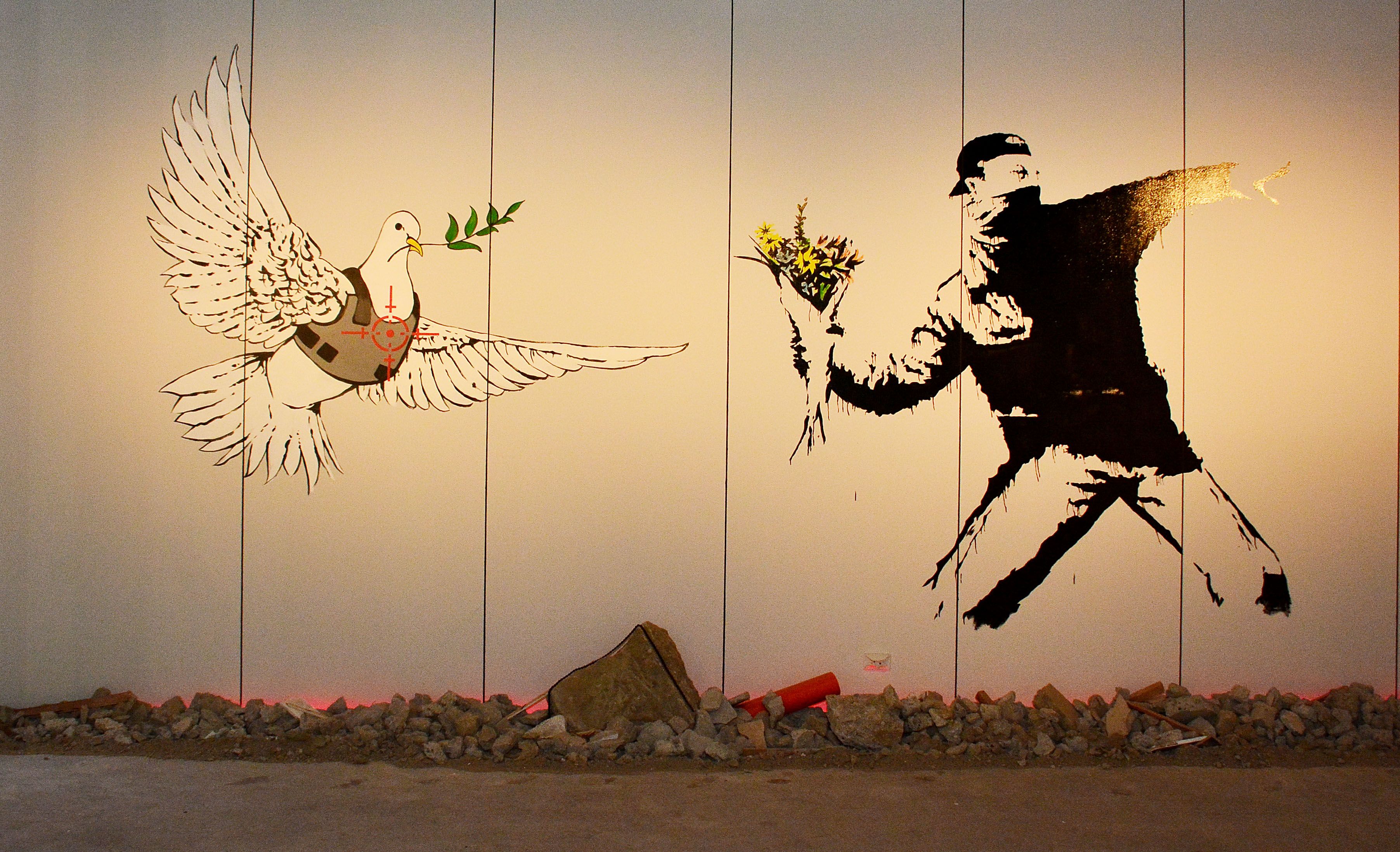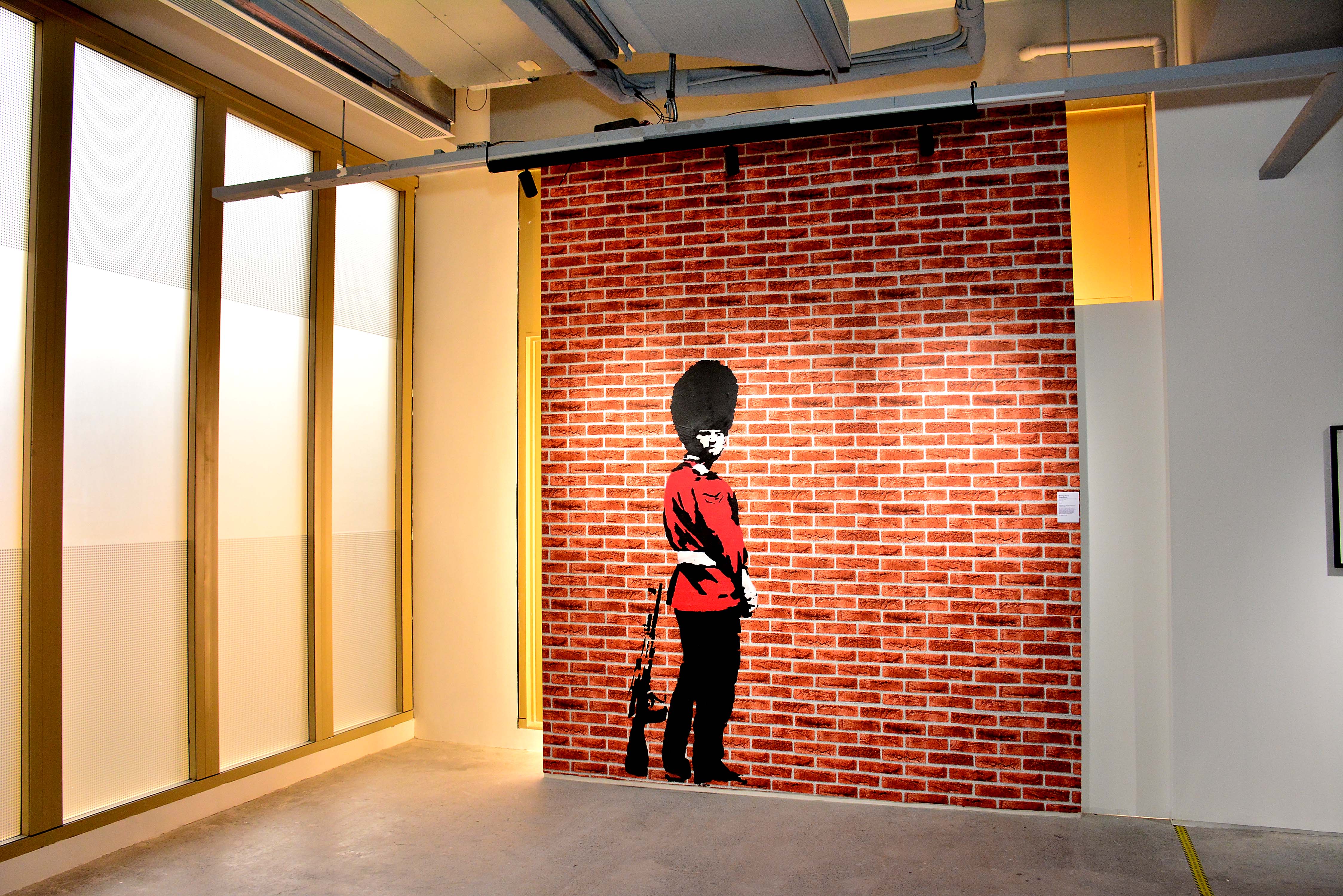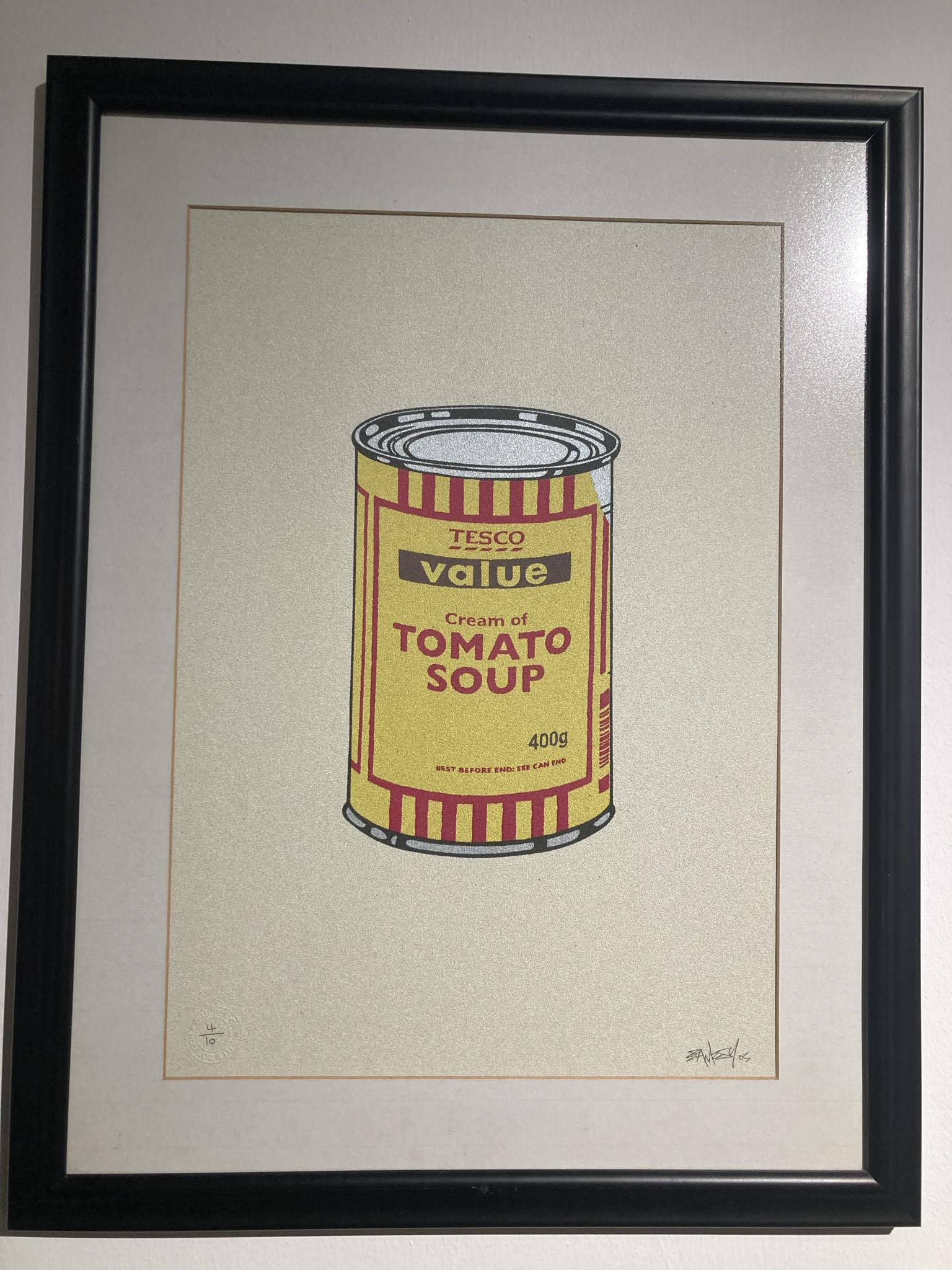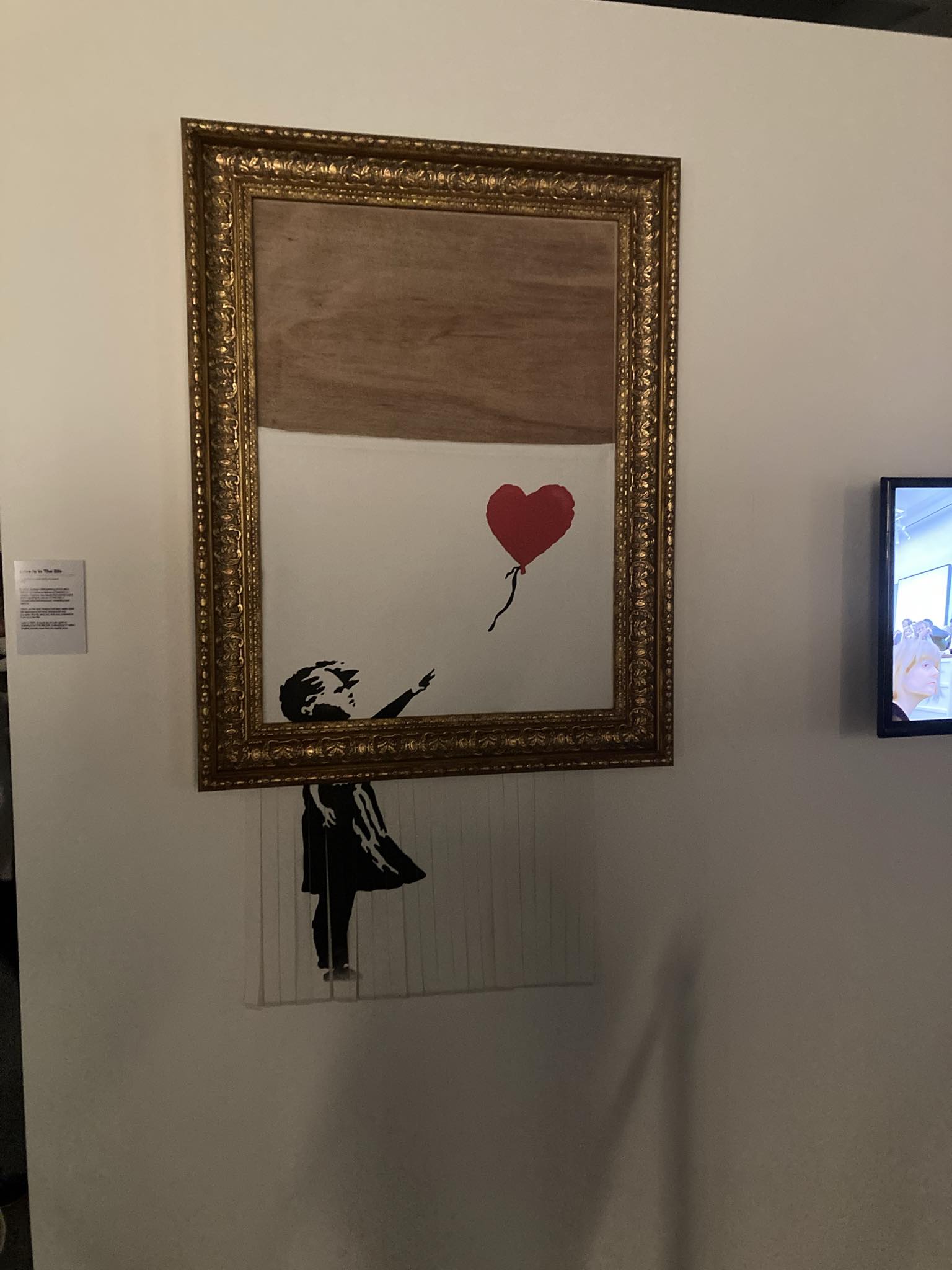At A Glance
- These graffiti works, although technically considered acts of vandalism, have left an impact on many for their satirical commentary on various topics.

Where do we draw the line when it comes to art? In these days of contemporary art, many question whether a piece should be considered art or not. Artists like Marcel Duchamp and Andy Warhol come to mind. Duchamp’s Fountain, a literal urinal, drew debate on art circles about whether it was art or simply a piece of plumbing. Warhol’s work during the pop art movement dared to remove the labels of “low” and “high” art.

In recent years, Banksy has become the latest phenomenon to stir such questions in the community. Banksy is an anonymous artist from Bristol who has gained a following for his graffiti art. He is known for his distinctive stencil technique that can pop up just about anywhere, from a garbage dump to a random building’s wall. His work even landed him on Time’s list of the world’s 100 most influential people back in 2010. These graffiti works, although technically considered acts of vandalism, have left an impact on many for their satirical commentary on various topics.

Just a few weeks ago, a Facebook post by Bonifacio Global City promoting the Banksy Universe exhibit held at the Metropolitan Museum of Manila (The M) caught backlash after the post stated, “Art is not a crime.” Many were quick to point out the irony after the post immediately clarified that art murals within BGC are subject to permits and curation. As a result, the upcoming opening of this exhibit has brought up the question… Is graffiti art? A walk through the exhibit unauthorized by Banksy, like all other exhibitions of his works in museums worldwide, is enough to spark one’s thoughts on the matter.

Going through the exhibit, visitors are able to witness the trajectory of the anonymous artist’s work. We are presented with a number of his iconic West Bank murals and several original Banksy prints owned by private collectors. One that stands out from the exhibit is the recreation of Love Is In the Bin, a screen print that unexpectedly shredded itself immediately after it was auctioned off. It leaves an impression on viewers as it makes them wonder, is it more valuable after the incident? Funnily enough, the actual “ruined” piece sold for over £18.5 million ($23.7 million), 17 million more than the original price it was originally auctioned for.

As controversial as the exhibit initially came out to be, the questions that arise after going through it make it all the more vital in this ongoing debate. It allows visitors to come to their own conclusions regarding the legitimacy of graffiti art. To me personally, graffiti art is art. If it’s enough to provoke others, cause many to question its authenticity, and leave a lasting impression on others then it should be classified as art. Who knows? Perhaps having this exhibit will even lead BGC to rethink its stance on allowing graffiti to grace its walls.